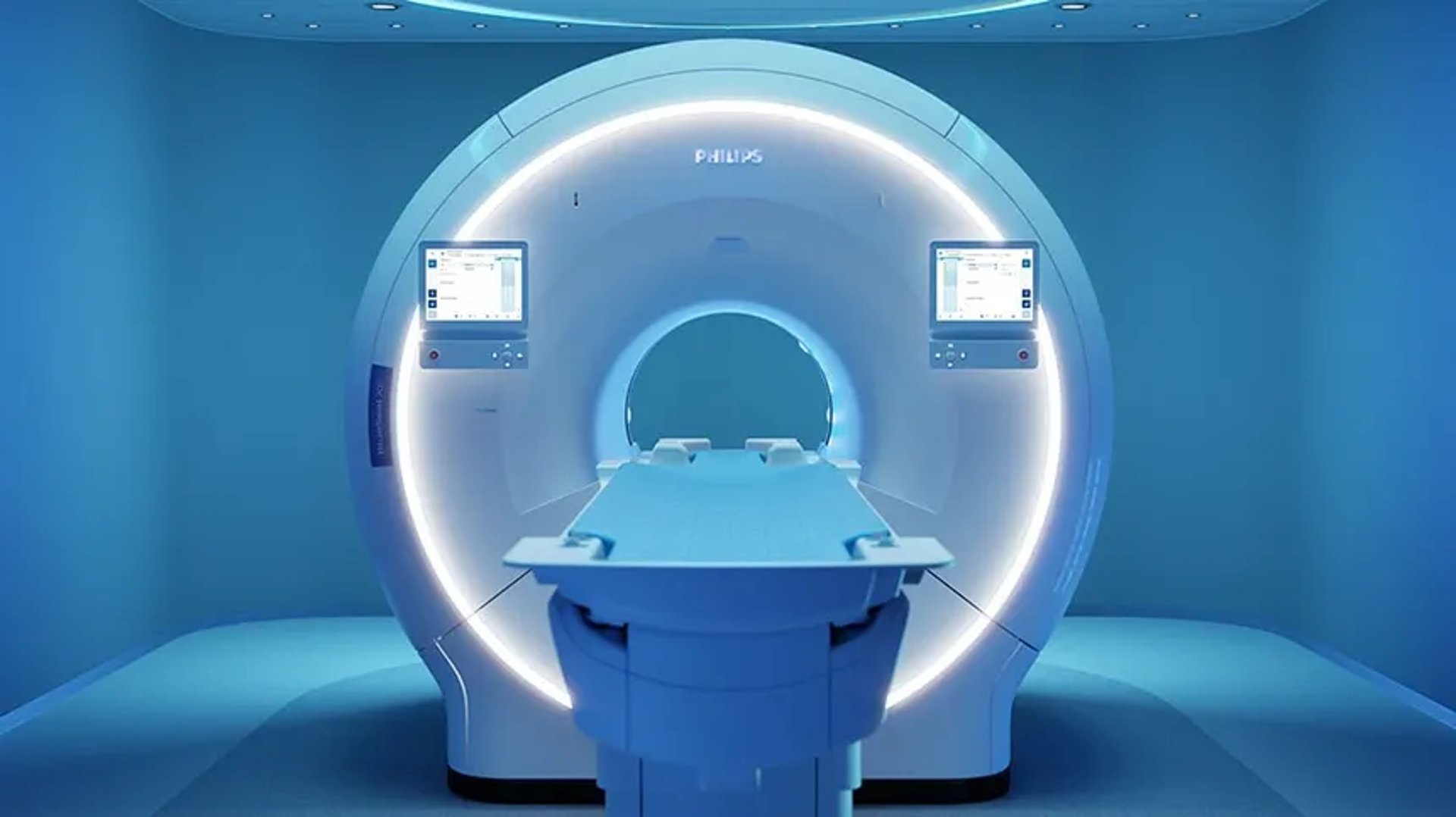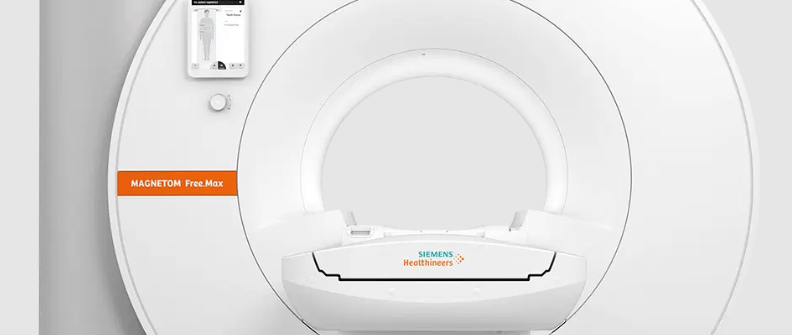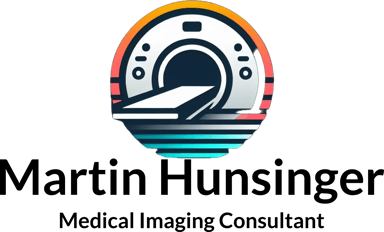
The Cost of Technology on Healthcare: Are Expensive Imaging Systems Justified?
Investing in advanced medical imaging systems presents both significant costs and substantial benefits for healthcare institutions. While the initial financial outlay is considerable, the long-term advantages—ranging from improved patient outcomes to financial returns—can justify these investments.


Breaking Down the Costs of Imaging Equipment
Acquiring advanced imaging equipment such as MRI, CT, PET, and spectral imaging systems requires substantial capital, with individual units often costing between $500,000 and $3 million. Beyond the purchase price, facilities must account for operating expenses, including maintenance, service contracts, and software updates. Additionally, training radiologists and technologists to proficiently operate new systems incurs further costs. Compliance with regulatory standards, such as obtaining FDA approvals and making necessary facility modifications, adds to the financial considerations.
Clinical Benefits vs. Financial Burdens
Advanced imaging technologies enhance diagnostic accuracy, enabling early disease detection and more precise treatment planning. For instance, studies have shown that appropriate use of advanced diagnostic imaging can detect diseases and conditions early, allowing healthcare practitioners to direct patients to the services they need. Improved diagnostic capabilities can lead to better patient outcomes, potentially reducing the need for more extensive and costly treatments in the future.
Efficiency gains are another advantage, as modern imaging systems often offer faster scan times and integration with AI technologies, reducing patient wait times and increasing throughput. These improvements can enhance patient satisfaction and allow healthcare providers to serve more patients effectively.
From a financial perspective, the return on investment (ROI) for high-end imaging equipment can be significant. Healthcare providers often conduct ROI analyses to determine the financial viability of such investments, considering factors like upfront costs, recurring expenses, generated cash flows, and the residual value of the equipment. A well-calculated ROI ensures that the benefits, both clinical and financial, justify the initial expenditure.info.bhnco.com
Impact on Patients
The adoption of advanced imaging systems can directly affect patients, particularly concerning insurance reimbursements and access to cutting-edge diagnostics. While some insurers may cover high-end imaging technologies, others might be hesitant due to cost considerations, potentially limiting patient access based on their insurance coverage. However, early and accurate diagnoses facilitated by advanced imaging can lead to timely interventions, improving patient outcomes and potentially reducing overall healthcare costs by avoiding more invasive procedures or prolonged treatments.
Industry Trends
To mitigate the financial burden of acquiring expensive imaging equipment, healthcare providers are exploring alternative models such as leasing or subscription services. Leasing can offer tax advantages, including the ability to write off 100% of the equipment expenditure for tax purposes, making it a financially attractive option for some institutions. Additionally, the integration of AI can optimize scan times and resource utilization, further enhancing the value derived from imaging systems. The development of portable and lower-cost imaging devices also presents opportunities to deliver quality diagnostics without the hefty price tag associated with traditional equipment.Radiology Business
Future of Imaging Technology and Cost Management
Balancing innovation with financial sustainability is crucial for the future of medical imaging. As technology advances, costs are expected to decrease, making high-quality imaging more accessible. Government policies and regulations will play a pivotal role in shaping this landscape, influencing reimbursement rates and setting standards for equipment procurement. Healthcare institutions must strategically assess their needs, patient demographics, and financial capabilities to make informed decisions about investing in advanced imaging technologies.
Conclusion
While the initial costs of advanced medical imaging systems are substantial, the potential benefits—enhanced diagnostic accuracy, improved patient outcomes, operational efficiencies, and favorable financial returns—can justify the investment. Healthcare providers must conduct thorough analyses, considering both clinical and economic factors, to ensure that such investments align with their mission to deliver high-quality patient care while maintaining financial viability.
